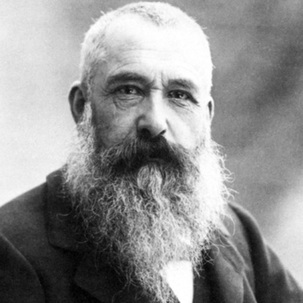Impressionism is considered the first distinctly modern movement in painting. It was originated by a group of Parisian artists in the 1860s that rejected the government-sanctioned exhibitions, called the Paris Salon.
The Paris Salon is an annual exhibit of art sponsored by the French government. It started in 1863 and to receive a medal from the Salon was an assurance of a successful career.
Of course, this stirred a lot of intrigue and scandal among those who got awarded with the medal and those who were not even given a chance to showcase their work.
Artists who were shunned away by the Paris Salon had a common theme in their work - it had a momentary and sensory effect of a scene, like an impression objects made on the senses.
Eventually, these artists, who we now refer to as Impressionists, were able to exhibit their artworks outside the Salon. They moved from the traditional studio to the streets and the countryside.
At the time when Impressionism was born, there already was the scientific thought that what the eye perceived and what the brain understood were two completely different things.
Impressionists wanted to convey what the eyes can see, how it captures the passage of time, the changes in surroundings, the weather and other shifts in nature.
You will notice this common thread among the works of popular Impressionists.
Claude Monet, as in our example above, is considered the founder of Impressionist painting.
Impressionists started to loosen their brushwork and tried using lighter palettes to include pure and intense colors.
Unlike the traditional painters at that time, impressionists did not use traditional linear perspective and made sure not to make the important elements of their work clear. This is the reason why Impressionist work seemed to have an unfinished appearance.
To learn more about Impressionist Art and how to make an artwork inspired by this movement, do attend our art classes here at Art Smart.
We have regular art classes (please see schedule below) and pay-per-session art classes as well. Check out our blog post on the mechanics of our pay-per-session art classes.











 RSS Feed
RSS Feed
